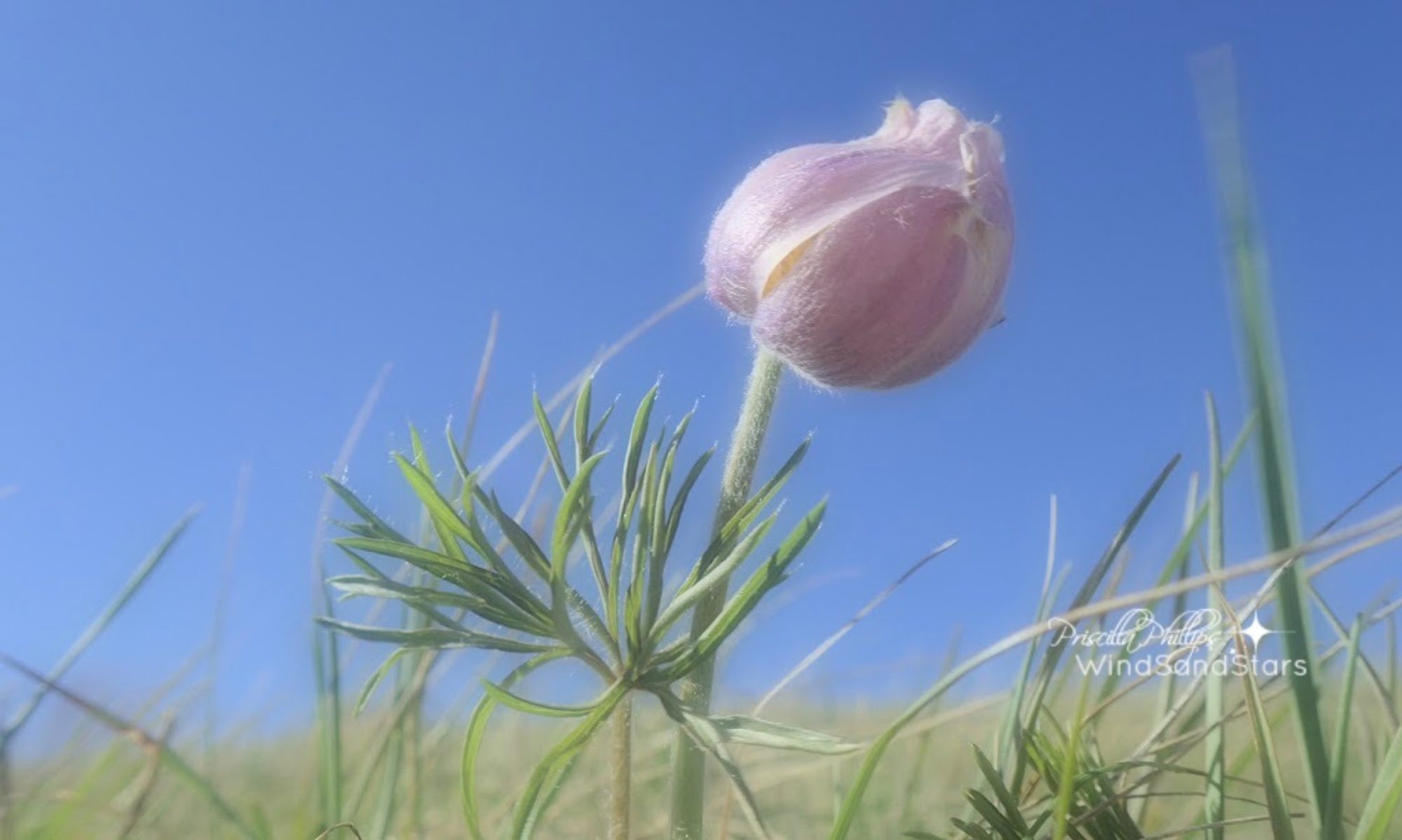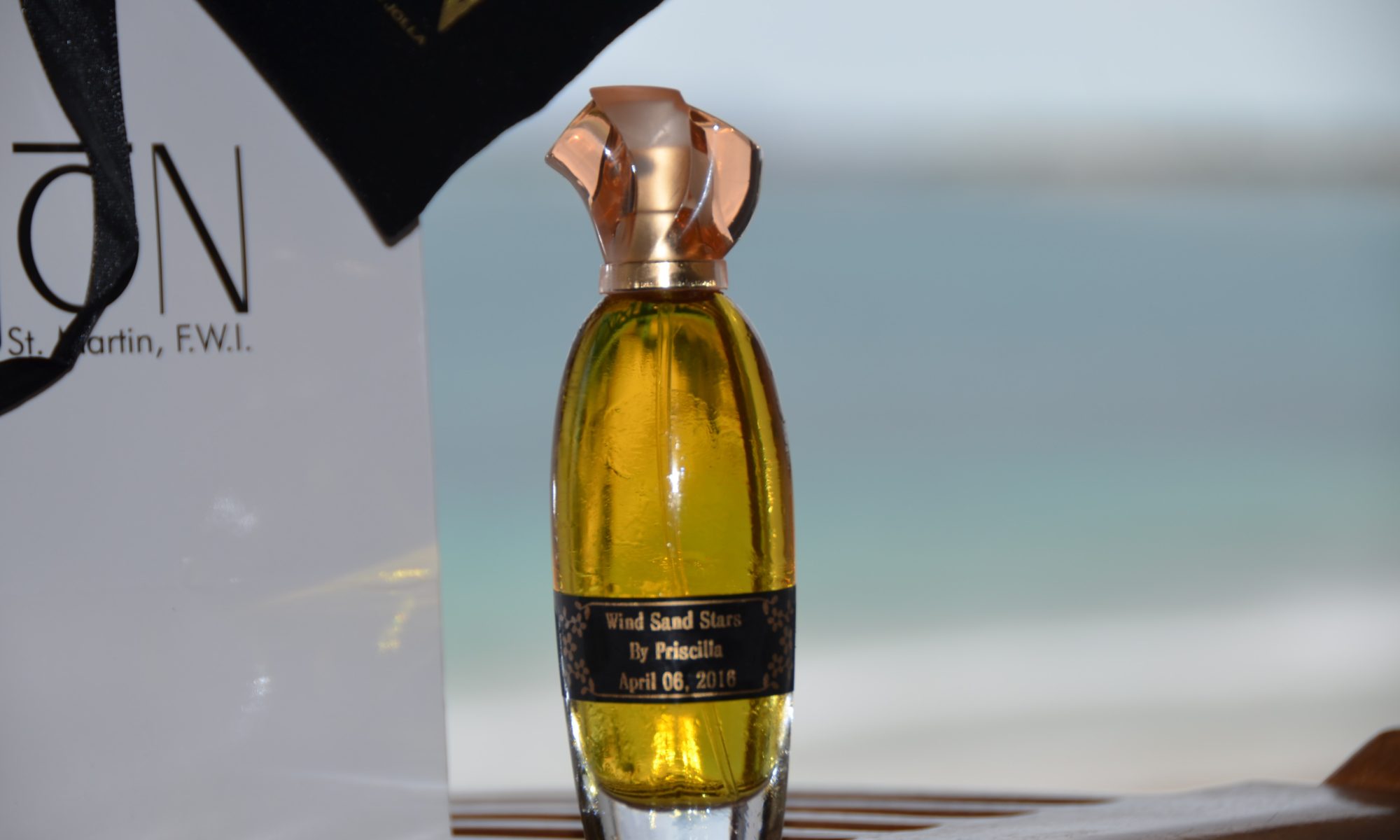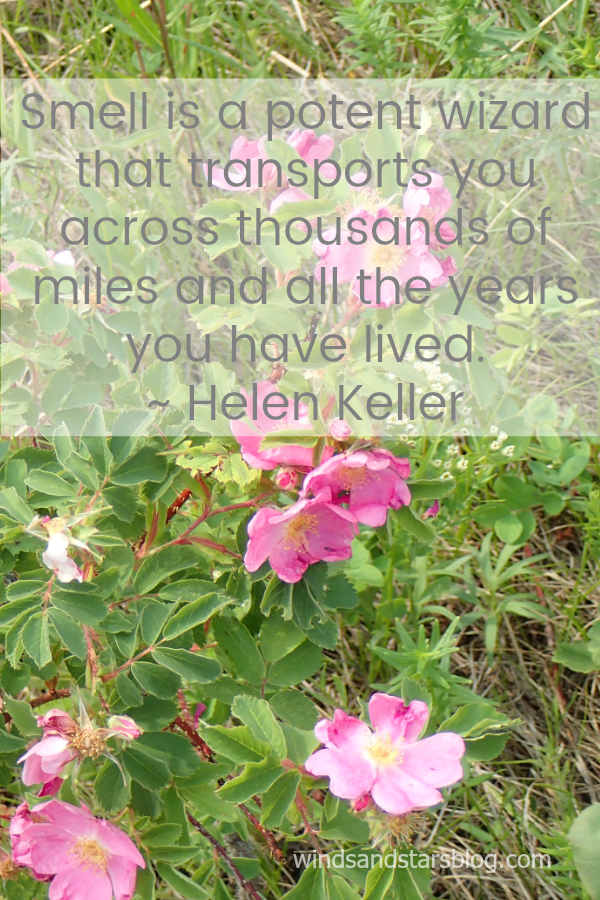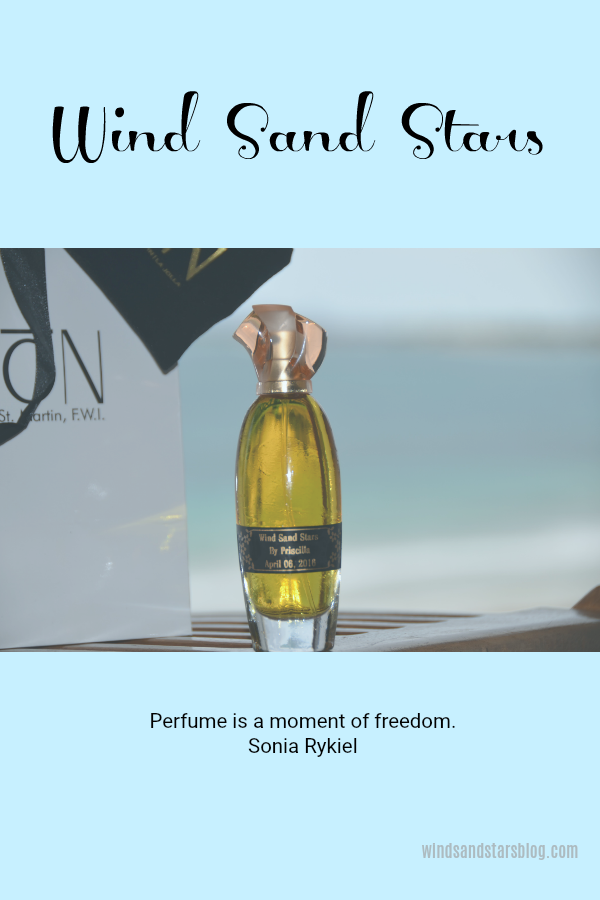A Signature Scent of Your Own
Have you ever wondered what it would be like to create your own signature scent?
“Smell is a potent wizard that transports you across thousands of miles and all the years you have lived.” Helen Keller
Cinnamon, fresh bread, the air after a summer rain, the scent of lilacs and roses and sage, the sweet smell of freshly mowed hay ripening in the sun. These scents among many awaken memories of a distant past.
It was the smell of roses and sage lingering in the breeze this spring as we hiked the Hogsback that reminded me of the day I made my signature scent.
Top Notes, Middle Notes, Base Notes
Until 2 years ago, I didn’t know that scents are defined by notes.
In 2016, my husband and I went to the Island of St Martin, or Sint Maartin, depending which side of the Island you visit. This small Island whose circumference can be driven in a couple of hours is 60% French owned and 40% Dutch owned.
In researching the Island before our trip, I discovered that there was a Parfumerie in Grand Case that offered a 3 hour class in which you can create your signature scent.
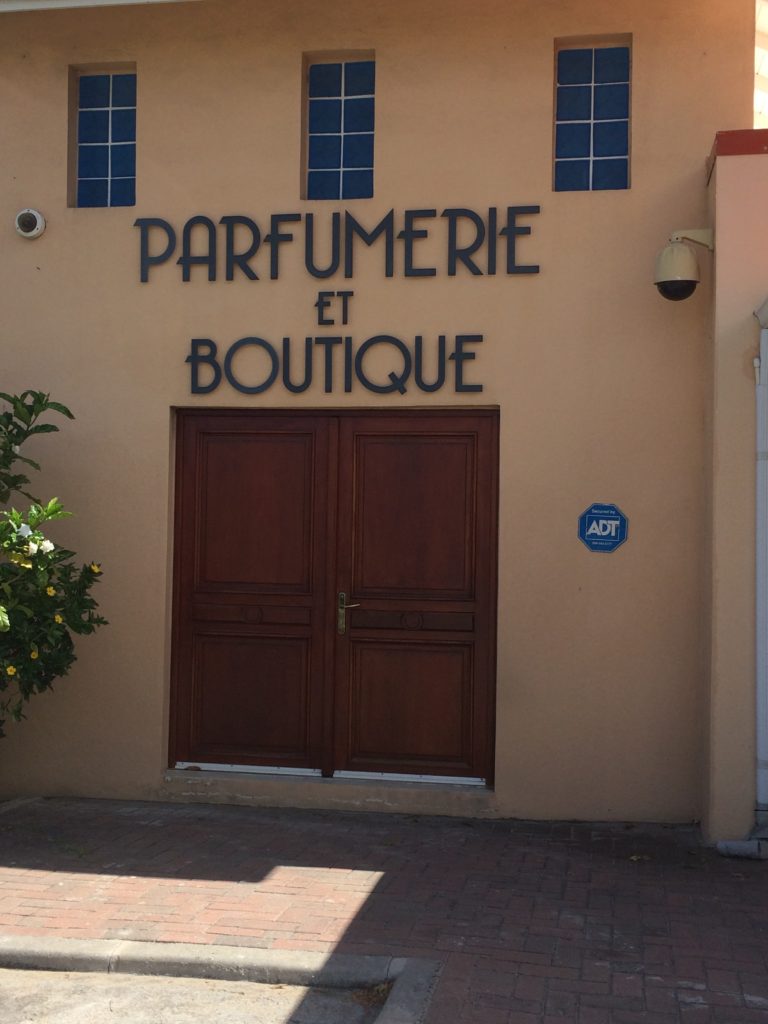
Invent Your Signature Scent: Perfumer’s Class 101
With so many students and staff allergic to perfume, we were restricted from wearing perfume to school. Also, I’m sensitive to perfume when it’s first applied and thus rarely wear it. But I was intrigued and signed up for the course at Tijōn Parfumerie et Boutique.
When I arrived for the class, we were given a tour of the boutique. John Berglund who gave up Law to open this perfumery gave us a quick history of perfume and taught us how to sample their custom line of fragrances that were on display. They asked us to choose our favorite. I selected Caye Verte, defined below:
Tijon Tropicales: Eau de Cologne
Caye Verte
A soft and sensual fusion of lavender, rose, jasmine, orange and violets with a hint of musk, sandalwood and patchouli for a relaxing, after the beach, tres chic mood.
A sample of this Eau de Cologne was waiting for me in my gift bag at the end of the class.
The Organe de Parfum
Before we stepped foot into the lab where we would make our own scents, we were introduced to the Perfume Organ that stood in the corner.
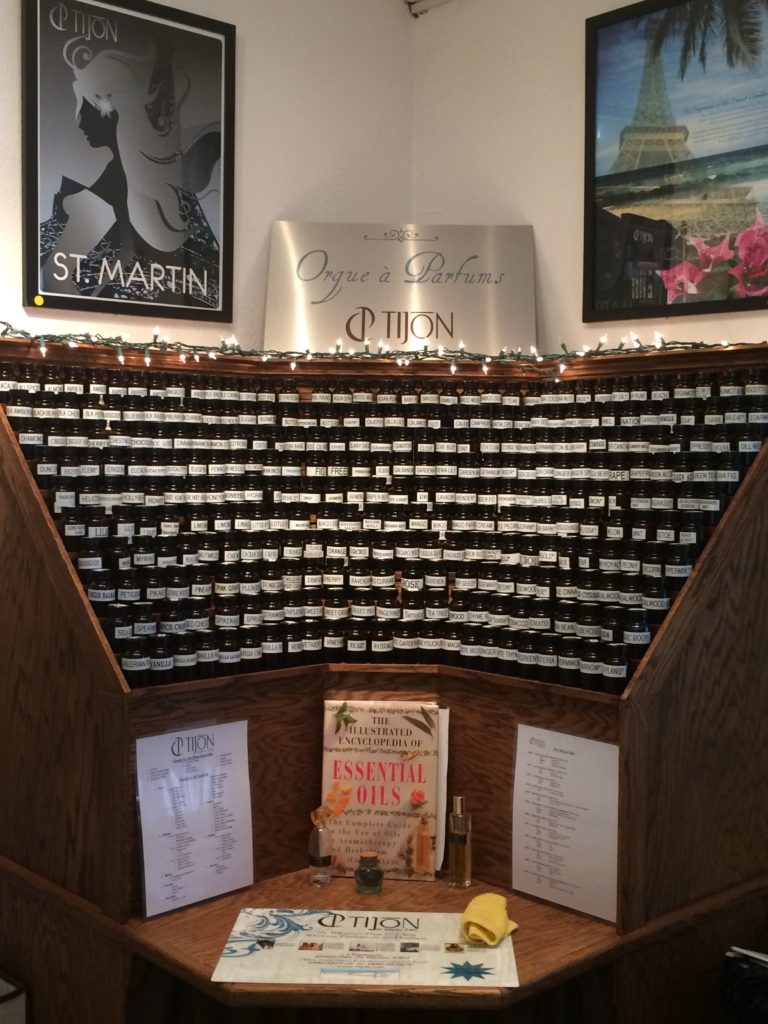
Here I learned about the music of scents.
Gabriel Marcel writes, “Music at times is more like perfume than mathematics”.
The essential oils that provide a symphony of scents in perfumes, colognes, and lotions are organized like keys on an organ. These oils are extracted from petals, roots, leaves, stems, herbs, trees, seeds, barks, and mosses. They’re arranged according to the characteristics of top note, middle note, base note. How quickly the scent evaporates determines where it is placed on the perfume organ.
Top notes are the first scents you smell when you apply perfume or lotion. They are fleeting and disappear within 5 to 10 minutes. Often citrusy, they give the first impression.
Then the longer lasting middle notes come into play. Middle notes, considered the ‘heart’ of the perfume, are often rich in florals and may last for hours.
The base notes are heaviest and often the last smell of your perfume. Base notes are often referred to as fixatives because they slow down the rate of evaporation.
The balancing of these notes give the fragrance its distinct personality.
The primary method of oil extraction is through steam distillation. This process of submerging the material in boiling water and capturing the resulting steam and separating out the oils serves to both concentrate and purify the results. Five to six tonnes of roses are required to produce one kilo of essential oil.
As John explained the perfume organ to us, I wondered if Aldous Huxley had visited or read about Perfumeries when he wrote his dystopian 1931 novel Brave New World. Huxley wrote into his novel a “synesthetic instrument” that he called a “scent organ” and it has new meaning for me now.
The scent organ was playing a delightfully refreshing Herbal Capriccio—rippling arpeggios of thyme and lavender, of rosemary, basil, myrtle, tarragon; a series of daring modulations through the spice keys into ambergris; and a slow return through sandalwood, camphor, cedar and newmown hay (with occasional subtle touches of discord—a whiff of kidney pudding, the faintest suspicion of pig’s dung) back to the simple aromatics with which the piece began. The final blast of thyme died away . . .
My thoughts were pulled back to the discussion about how some oils can be top or middle notes depending on how they’re used. Or middle or base. I’m still not clear on how that works given that evaporation rates are what defines the notes.
The perfume families, such as citrus, floral, woody, leather to name a few, are classified by the technical department of the Societe Francaise des Parfumeurs and published by the Comite Francais du Parfum.
It’s complex. This world of fragrances.
Time to Make My Signature Scent
When we entered the lab, we received a lab coat and sat down at a work station prepped with beakers and pipettes. And a petri dish with coffee beans to reset our olfactory palette to a recognizable memory when all the oils began to smell the same.
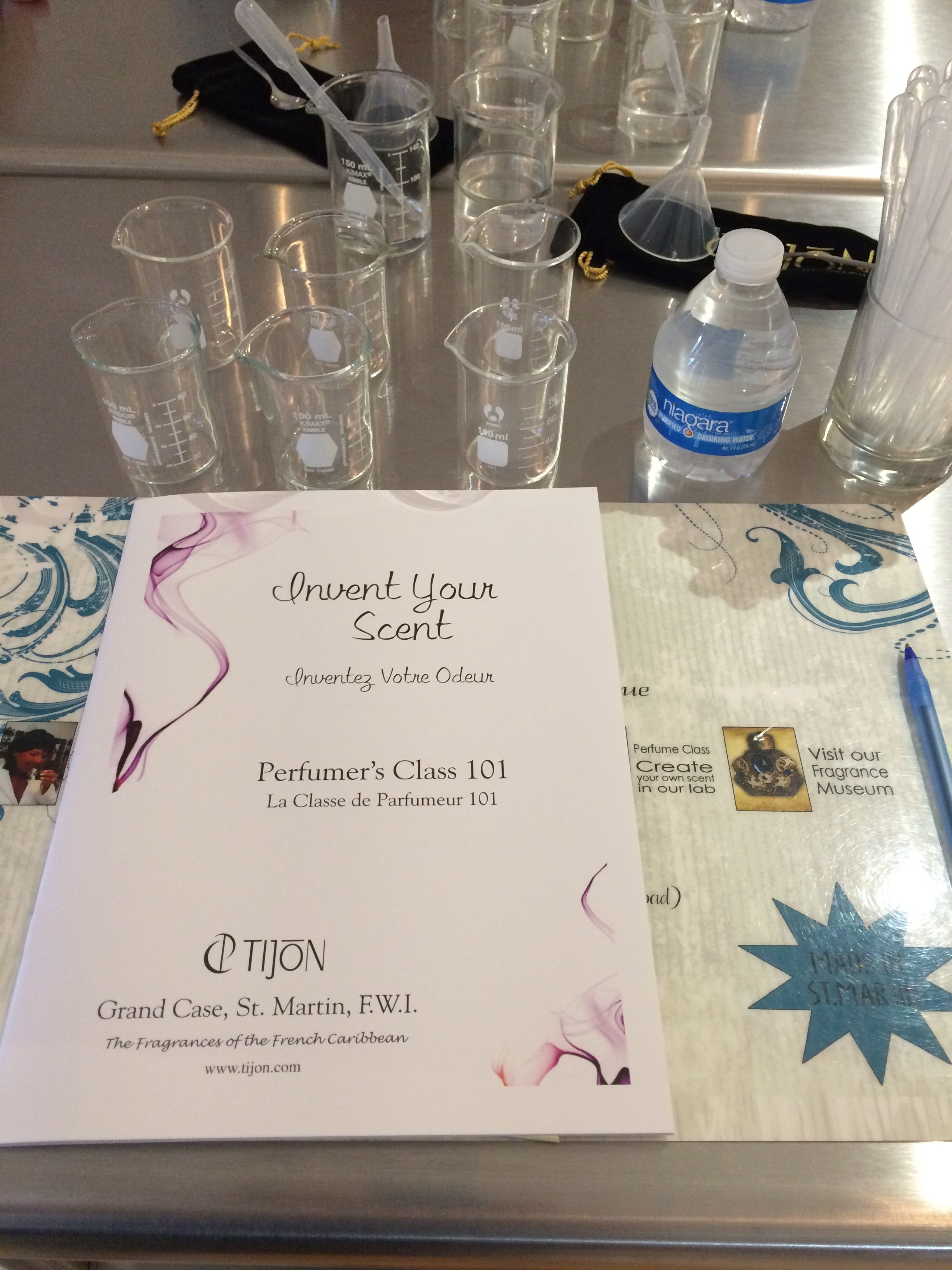
An assistant explained the basics of blending scents to us. Again, top notes, middle notes, base notes – along with the recommended percentages of each. None of which made too much sense to someone who was experiencing this for the first time.
But it was official and so much fun.
We spent the next two hours experimenting
We had the opportunity to make 6 different perfumes, tracking each one carefully. We needed to know how many drops of oil we put into each so our chosen scent could be proportionately mixed into our own signature scent.
[easy-image-collage id=1334]
Some of my mixtures were absolute fails. The combinations were overpowering and I sometimes forgot the admonishment to add oils 1 drop at a time, carefully smelling after each drop. I went too heavy with scents that smelled great on their own, but terrible when mixed with other oils. My nose was confused and the coffee beans were overworked.
My workstation became cluttered with different oils that I experimented with. Learning as I went and with a little help from the assistant, my final attempt seemed okay. Instructing me to dab some on my wrist and to step outside for a few minutes, I waited in the sunshine. Gradually, the top notes dispersed and I loved the soft scent remaining on my skin.
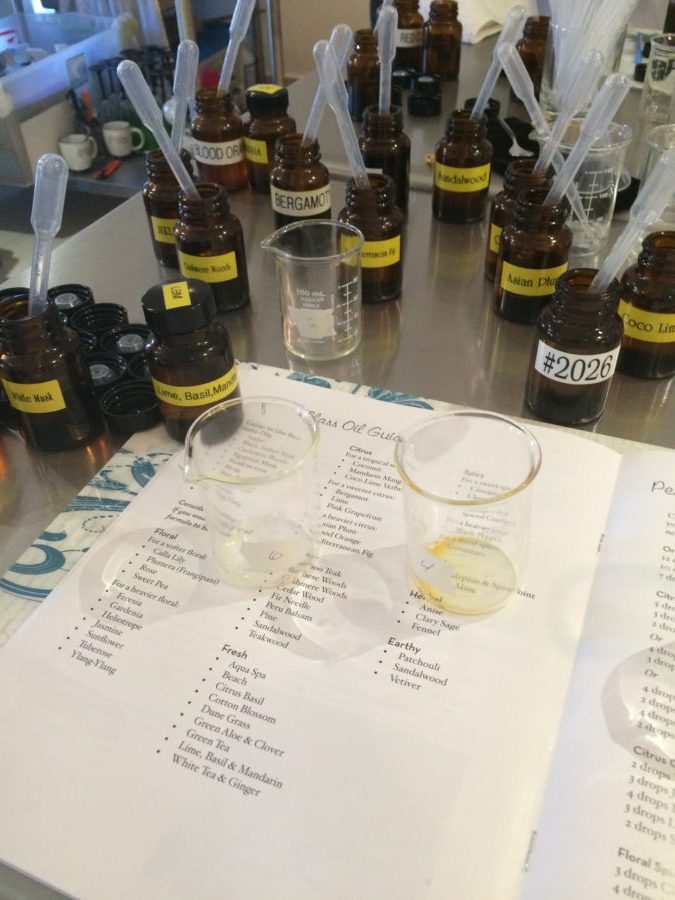
My signature scent notes
- Heliotrope – Middle note
- 2026 – undisclosed pre-mixture
- Asian Plum – Top note
- Dune Grass – Top note
- 2023 – undisclosed pre-mixture
- Sandalwood – Base note
- Bergamot – Top note
I’m curious about what oils are in 2026 and 2023 as my perfume lasts a long time. All day, in fact. Having applied it in the morning yesterday, it was still lingering on my skin as I stepped into the bath last evening. Not overly fond of the top notes in my signature scent, once they’ve cleared, my fragrance is a fresh scent with a subtle bouquet.
Production Time
Taking the recipe I’d created, the assistant calculated how much of each oil would go into the production of a full bottle of perfume. Once given the converted recipe, I counted out the drops carefully and added it to an alcohol solution.
Alcohol is a common carrier for perfumes as it allows the fragrance to “emanate from your skin”.
With my signature scent created, the assistant poured into a lovely perfume bottle and labeled it with the name I chose: Wind Sand Stars.
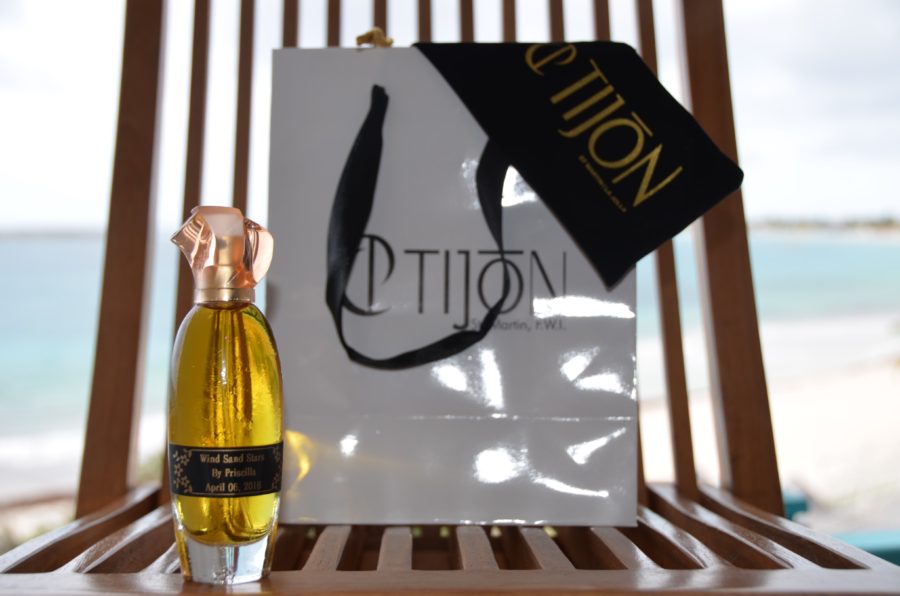
Tijōn’s Perfumer’s Class 101 was a wonderful experience that I highly recommend. While Budd didn’t join me, he wouldn’t have been the sole male there. We discovered that men also enjoy creating signature scents. Maybe next time.
If you never make it to St. Martin, check for perfumeries in cities you visit to see if they offer courses with the opportunity to make your own signature scent. You’ll be glad you did.
Fun Facts
- Scents smell differently on different bodies
- How we process scents varies from person to person
- Our sense of smell increases as the day wears on
- Avincenna, a Persian scholar, is credited for inventing steam distillation in 1000. This method of essential oil extraction is still common today.
- Over 3000 possible ingredients from the plant world are used to make perfumes.
- Some professionally composed fragrances contain up to 300 different scent ingredients.
The sense of smell is the straightest path to our memories.
What scents evoke the strongest memories for you?
P.S. The perfume facts in this post are from the booklet I received from Invent Your Scent: Perfumer’s Class 101
Close your eyes, breathe deep, and smile at a memory today.
~ Priscilla
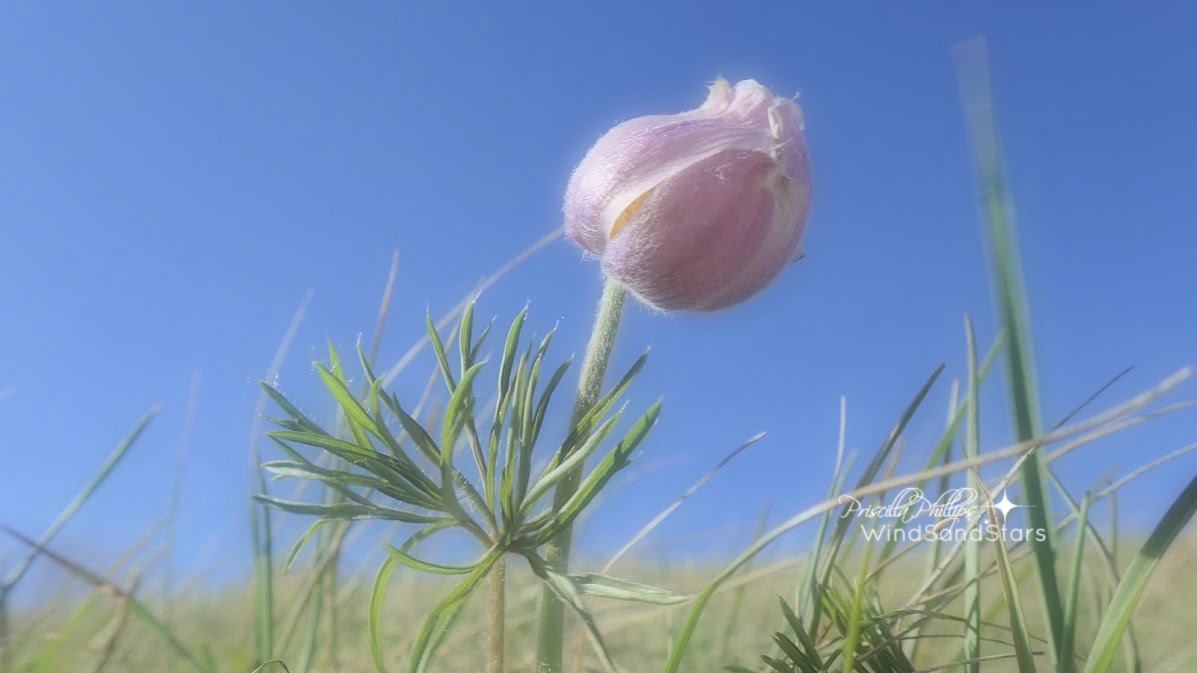
Yes! I want to receive your newsletter!
Simply . . .
